CNC machining services forUSA
Procure precision-machined parts
CY's CNC machining services, in USA , makes quality parts for your requiements.

Welcome to DongGuan ChengYang, a premier CNC machining service provider catering specifically to the needs of clients in California. Our expertise lies in delivering top-notch CNC machining services to businesses across various industries in the state. With a focus on precision, quality, and efficiency, we are dedicated to meeting and exceeding the expectations of our California-based customers.
At DongGuan ChengYang, we take pride in our state-of-the-art machining capabilities and our team of skilled professionals who are experienced in handling a wide range of projects. Whether you require prototyping, production machining, or custom parts manufacturing, we have the expertise and resources to deliver exceptional results. Our commitment to excellence and customer satisfaction sets us apart as a trusted partner for all your CNC machining needs in California.
When you choose DongGuan ChengYang for your CNC machining services in California, you can expect nothing but the highest level of precision, reliability, and professionalism. We understand the importance of delivering quality products on time and within budget, and we strive to exceed your expectations with every project. Trust us to be your go-to partner for all your CNC machining needs in California.
CNC Machining services
We are equipped with 3-axis, 4-axis, and 5-axis CNC milling machines, permits us to proficiently processing part ranging from elementary to sophisticated.
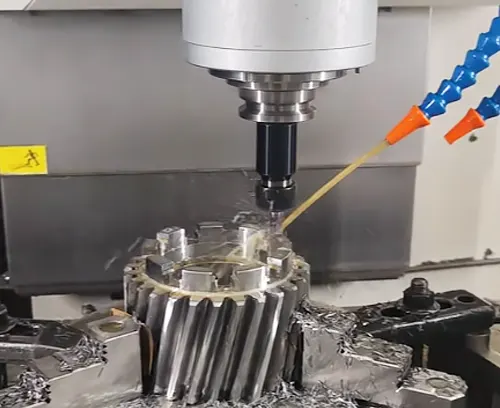
CNC Milling
Utilizing both CNC technologies for versatile production, meeting customer needs with efficient, high-quality part production.
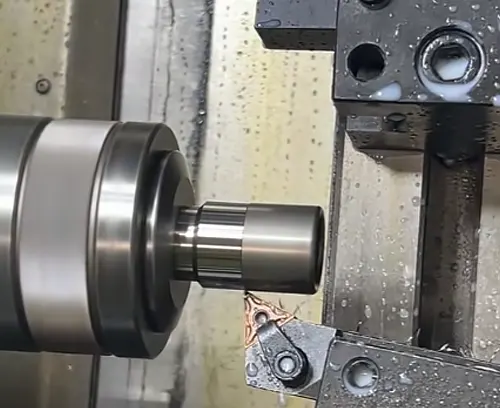
CNC Turnning
CY's CNC lathes, turning centers, and mill-turn equipment enable us withefficiency to fabricate a broad range of components for every end user.
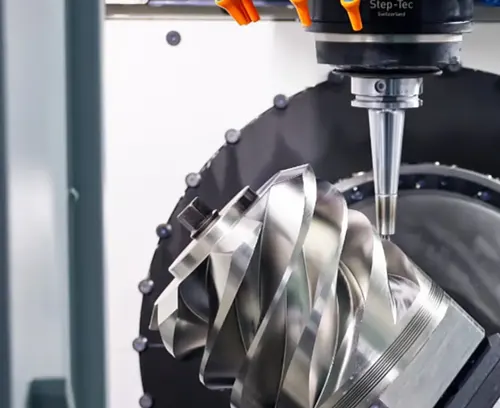
5 Axis CNC Milling
Offer 5-axis machining solutions for complicated and exacting parts. Featuring speed production, it's perfect for complex designs.

Precision Machining
Deliver high-precision machining by combining several production phases to maximize efficiency, precision, and minimize delays, ensuring stable and efficient production.
Capabilities
Maximum Dimensions
2000mm x 1500mm x 800mm or 78.7 x 59 x 31.5 inches.
Maximum Dimensions
2000mm x 1500mm x 800mm or 78.7 x 59 x 31.5 inches.
Support Threading
Prefer Metric Threads, Also Support UNC and UNF threads.
Wall Thickness
Generally, a workable minimum wall thickness is 0.5mm for metals and 1.0mm for plastics.
Material Available
Metals: Aluminum, Copper, Brass, Bronze, Stainless Steel, Carbon Steel, Steel Alloy, Titanium, and plastic, etc .
Tolerances
Dimension: Depends on the size and material, generally +/- 0.01mm or 0.0004 inches
Common CNC DFM
Using DFM, engineers can anticipate and resolve production challenges before they happen.

Sharp Corner

Undercut

Undercut

Thick Walls

Tolerance Guide

Small Hole

Narrow Area
Metal Materials
We offer instant quotes for over 100 metals and help compare processing material costs.We simplify sourcing with instant quotes and side-by-side comparisons of processing costs for 100+ metals.
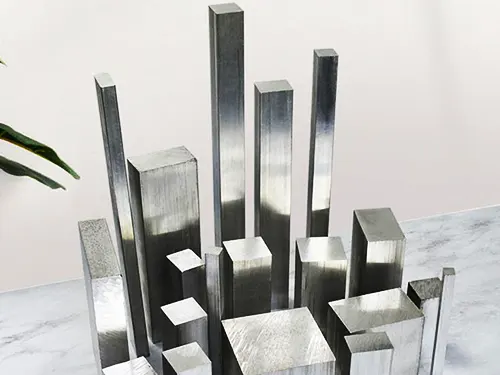
Aluminum
Aluminum is a widely used material in CNC machining due to its excellent machinability, high strength-to-weight ratio, and corrosion resistance. It is commonly used in industries such as automotive, aerospace, and electronics for the production of various components and parts. Some common types of aluminum alloys used in CNC machining include 6061, 7075, and 2024. 6061 aluminum is known for its good weldability and formability, making it ideal for structural components and parts. 7075 aluminum offers high strength and hardness, making it suitable for aerospace applications. 2024 aluminum is favored for its high fatigue resistance and good machinability, often used in aircraft structures. Overall, aluminum is a versatile material in CNC machining with a wide range of applications.
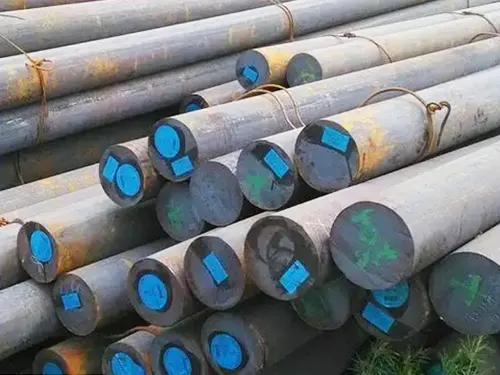
Carbon Steel
Carbon steel is a popular material used in CNC machining due to its excellent strength, durability, and affordability. It is composed primarily of iron and carbon, with trace amounts of other elements such as manganese, silicon, and copper. Common types of carbon steel for CNC machining include low carbon steel, medium carbon steel, and high carbon steel. Low carbon steel, also known as mild steel, is versatile and easy to machine, making it ideal for a wide range of applications. Medium carbon steel offers increased strength and hardness, while high carbon steel is known for its extreme hardness and wear resistance. Each type of carbon steel has its own unique properties and is suitable for different machining purposes.
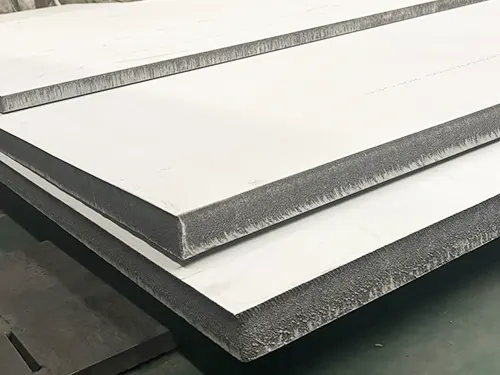
Stainless Steel
Stainless steel is a popular material used in CNC machining due to its durability, corrosion resistance, and high strength. It is a type of steel alloy that contains a minimum of 10.5% chromium, which forms a thin, protective oxide layer on the surface, making it resistant to rust and staining. Other common types of stainless steel materials used in CNC machining include 304 stainless steel, which is commonly used for general purpose applications, 316 stainless steel, known for its superior corrosion resistance, and 17-4 stainless steel, which offers a combination of high strength and good corrosion resistance. These materials are widely used in industries such as automotive, aerospace, and medical devices for their versatile properties and ability to withstand harsh environments.
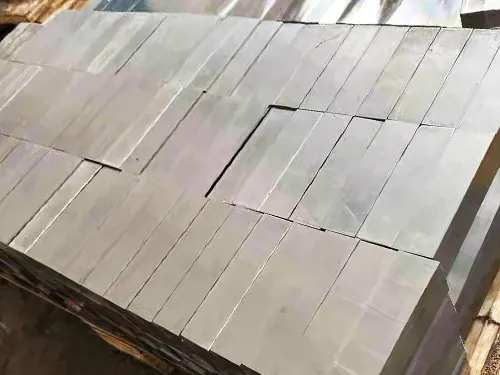
Tool Steel
Tool steel is a type of steel specifically designed to be used in the manufacturing of tools for CNC machining. It is valued for its high hardness, abrasion resistance, and ability to withstand high temperatures without deforming or breaking. Some common types of tool steel used in CNC machining include A2 tool steel, D2 tool steel, M2 tool steel, and O1 tool steel. A2 tool steel is known for its excellent toughness and wear resistance, making it ideal for cutting tools. D2 tool steel is highly wear-resistant and retains its hardness even at high temperatures. M2 tool steel is a high-speed steel with excellent cutting performance, while O1 tool steel is easy to machine and has good wear resistance.
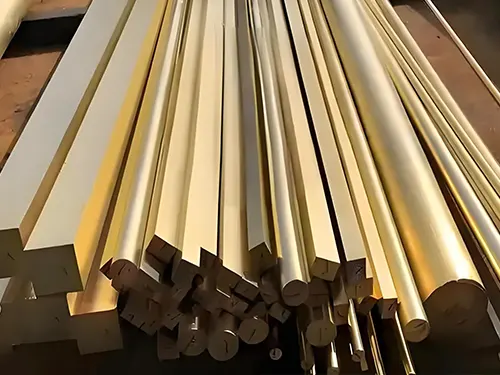
Brass
Brass is a popular material used in CNC machining due to its excellent machinability and corrosion resistance. It is an alloy composed of copper and zinc, with varying proportions of other elements such as lead or tin. Common types of brass materials used in CNC machining include C360, C353, and C464. C360 brass, also known as free-cutting brass, is ideal for parts that require high-speed machining. C353 brass, on the other hand, is leaded brass with increased machinability and lubricity. C464 brass is a naval brass that offers excellent corrosion resistance in marine environments. These different types of brass materials provide a wide range of options for CNC machining applications, making brass a versatile choice for various industries.
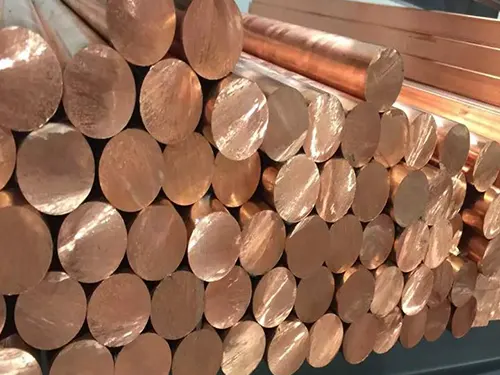
Copper
Cooper is a widely used material in CNC machining due to its excellent conductivity and thermal properties. It is often chosen for components that need reliable electrical connections and efficient heat dissipation. Common types of copper materials used in CNC machining include C101 (Oxygen-Free Electronic Copper), C110 (Electrolytic Tough Pitch Copper), and C260 (Cartridge Brass). Copper alloys like brass and bronze are also frequently used for their superior strength and corrosion resistance. Additionally, copper-nickel (CuNi) alloys such as C70600 (90-10) and C71500 (70-30) are popular choices for marine and architectural applications due to their high resistance to saltwater corrosion. Overall, Cooper materials offer a versatile and cost-effective solution for a wide range of CNC machining projects.

Titanium
Titanium is a popular material used in CNC machining due to its high strength-to-weight ratio, excellent corrosion resistance, and biocompatibility. It is often chosen for aerospace, medical, and automotive industries for its durability and performance characteristics. Some common types of materials used for CNC machining include aluminum, stainless steel, brass, copper, and plastics like acrylic and nylon. Each material has its own unique properties and advantages, making it suitable for a variety of applications. When it comes to CNC machining, the choice of material will depend on the specific requirements of the project, such as strength, weight, and durability.
Plastic Materials
We offer instant quotes for over 200 plastics and help compare processing material costs.
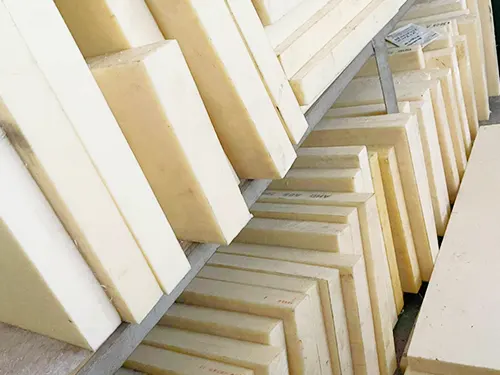
ABS
ABS, or Acrylonitrile Butadiene Styrene, is a common material used in CNC machining due to its versatility and strength. One of the major advantages of using ABS for CNC machining is its excellent impact resistance, making it ideal for producing parts that need to withstand high stress environments. Additionally, ABS has a good surface finish and can be easily painted or glued, making it a popular choice for aesthetic parts. However, one disadvantage of ABS is its tendency to warp when exposed to high temperatures, which can be a challenge during the machining process. This issue can be mitigated by using proper cooling techniques and ensuring the part is properly supported during machining. Ultimately, ABS is a versatile material with several benefits that make it a favorable choice for CNC machining projects.
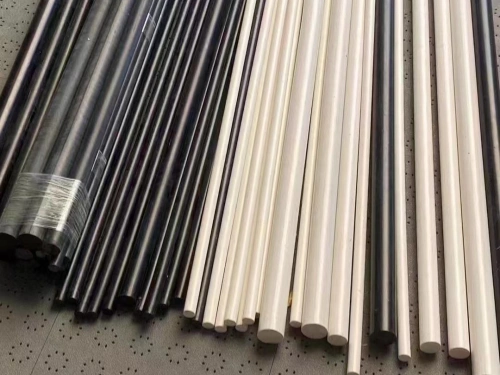
PMMA
PMMA, or polymethyl methacrylate, is a common material used in CNC machining due to its versatility and durability. Its advantages include excellent transparency, high impact resistance, and ease of machining. PMMA can be easily shaped, drilled, and polished to achieve precise and intricate designs. Additionally, it is lightweight, making it ideal for applications where weight is a concern. However, PMMA does have its disadvantages, such as tendency to scratch easily and sensitivity to certain chemicals. It also has lower heat resistance compared to other materials, which can limit its use in high-temperature environments. Despite these drawbacks, PMMA remains a popular choice for CNC machining due to its cost-effectiveness and overall performance.
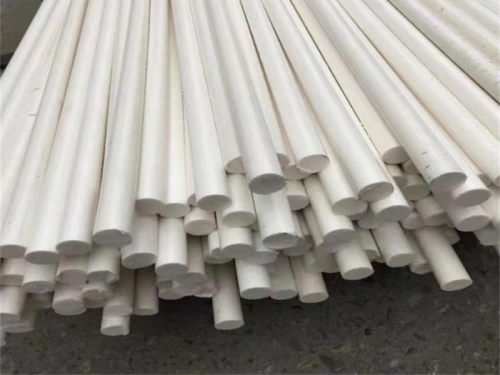
PE
PE in CNC machining stands for Program Editor, which is a software tool that allows operators to create, edit, and modify the CNC programs that control the machine’s movements. The advantage of using a PE in CNC machining is that it provides a user-friendly interface for programmers to input and manipulate code, which can increase efficiency and accuracy in production. Additionally, PE software often includes features such as syntax highlighting, code completion, and simulation capabilities, making it easier to catch errors and optimize programs before running them on the machine. However, a disadvantage of PE is that it may require additional training for operators who are not familiar with programming languages, and some advanced features may come with a higher cost or licensing fees.
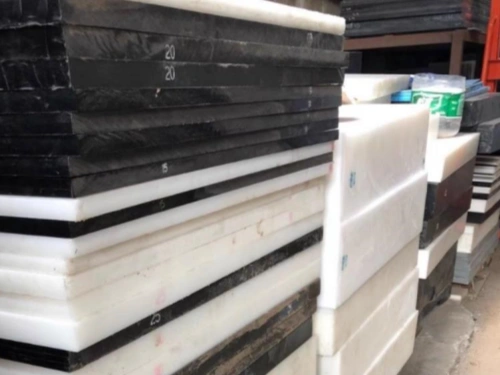
Nylon
Nylon is a popular material used in CNC machining for its excellent toughness, durability, and low friction properties. It is often chosen for its ability to withstand high temperatures and impact resistance. Nylon is commonly used in creating parts that require high strength and flexibility, such as gears, bearings, and bushings. One of the main advantages of using nylon for CNC machining is its versatility and ease of machining. It can be easily shaped, drilled, and turned into complex geometries. However, nylon does have its disadvantages. It has a tendency to absorb moisture, which can affect its dimensional stability and mechanical properties. Additionally, it can be more difficult to achieve tight tolerances with nylon compared to other materials. Overall, nylon is a reliable choice for CNC machining when its unique properties are needed.
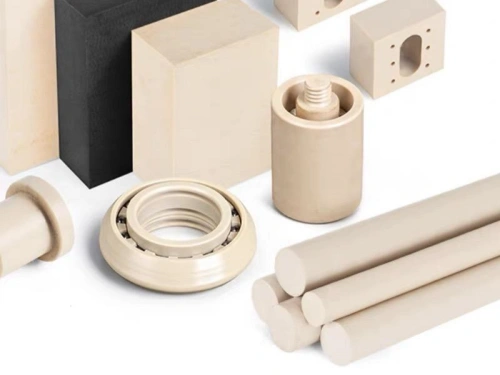
PEEK
PEEK, or polyetheretherketone, is a high-performance thermoplastic that is commonly used in CNC machining due to its excellent mechanical and chemical properties. One of the main advantages of using PEEK for CNC machining is its high heat resistance, making it ideal for applications that require exposure to high temperatures. PEEK also has excellent chemical resistance, low moisture absorption, and good dimensional stability, making it a versatile material for a wide range of industries. However, one disadvantage of PEEK is its high cost compared to other thermoplastics, which can make it less economical for some projects. Additionally, PEEK can be challenging to machine due to its high strength and abrasiveness, which can lead to increased tool wear and longer processing times.
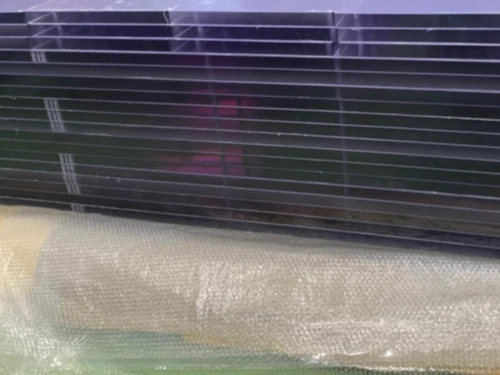
PC
PC for CNC machining, or Personal Computer Numerical Control, is a system that allows operators to control tools and machinery in manufacturing processes through computer software programs. One advantage of using a PC for CNC machining is the precision and accuracy it offers, leading to higher quality and consistent results. Additionally, PC-based CNC systems can be easily updated with new software and designs, increasing flexibility and adaptability in production processes. However, a disadvantage of using a PC for CNC machining is the initial cost of setting up the system, including purchasing software and training operators. Additionally, there may be a learning curve for operators who are not familiar with computer programming. Overall, PC-based CNC machining offers numerous benefits in terms of efficiency and productivity in manufacturing processes.
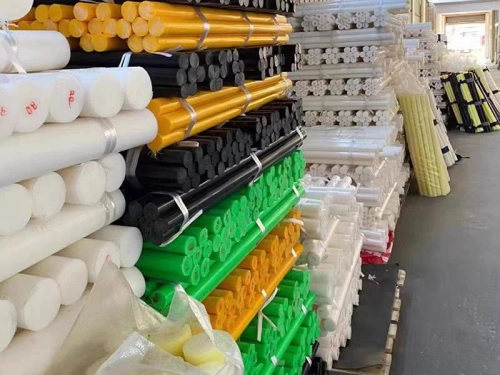
PP
PP (Polypropylene) is a widely used material in CNC machining due to its versatility and affordability. One of the main advantages of using PP for CNC machining is its excellent chemical resistance, making it ideal for applications where exposure to chemicals is common. PP also has good impact strength and is able to withstand high temperatures, making it suitable for various industries. However, one of the disadvantages of PP is that it is not as strong or rigid as some other materials, which may limit its use in heavy-duty applications. Additionally, PP can be more prone to warping and distortion during machining, requiring careful consideration and proper handling during the CNC machining process. Despite these drawbacks, PP remains a popular choice for CNC machining due to its overall cost-effectiveness and versatility.
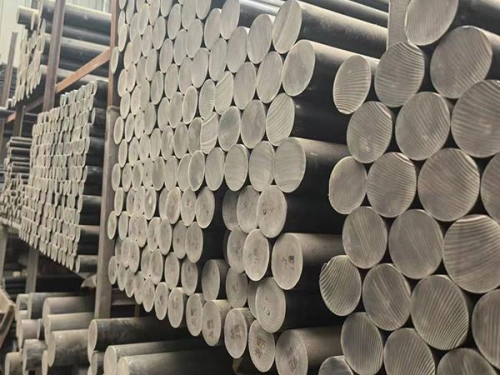
PET
PET, or Polyethylene Terephthalate, is a common thermoplastic material used in CNC machining. It is known for its excellent dimensional stability, low moisture absorption, and good chemical resistance. The main advantage of PET for CNC machining is its ease of machinability, as it cuts cleanly and smoothly, resulting in precise and accurate parts. Additionally, PET is relatively inexpensive compared to other engineering plastics, making it a cost-effective option for manufacturing. However, PET does have some disadvantages, such as its limited temperature resistance compared to other materials like PEEK or PTFE. PET is also prone to scratching and can exhibit poor impact resistance in certain applications. Despite its drawbacks, PET remains a popular choice for CNC machining due to its versatility and affordability.
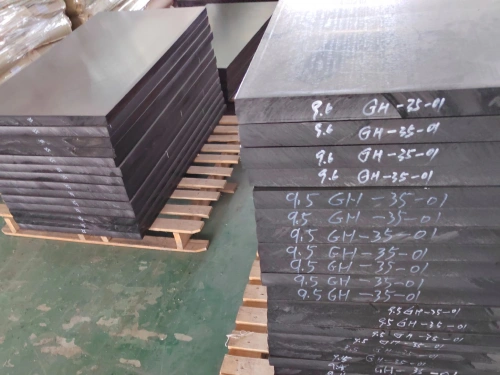
POM
POM, or Precision Orientation Measurement, is a crucial tool in CNC machining for ensuring precise and accurate cutting processes. By utilizing POM technology, manufacturers can effectively monitor the orientation of the tool in relation to the workpiece, resulting in improved accuracy and quality of the final product. One of the main advantages of POM is its ability to reduce errors and increase efficiency in the machining process, ultimately leading to cost savings and improved productivity. However, a potential disadvantage of POM is the initial investment required to implement the technology, which may deter some smaller businesses from utilizing its benefits. Overall, POM remains an essential tool for achieving high levels of precision and consistency in CNC machining operations.
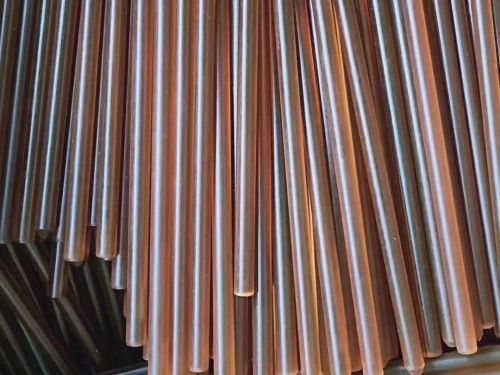
PVC
PVC, or polyvinyl chloride, is a popular material used in CNC machining due to its versatility and affordability. One of the main advantages of using PVC for CNC machining is its ease of machinability, as it can be easily shaped, drilled, and milled to create intricate designs and precise components. Additionally, PVC is resistant to corrosion and is a lightweight material, making it ideal for a wide range of applications. However, PVC does have its disadvantages as well. It is not as strong or durable as metal materials, which limits its use in high-stress applications. PVC also has a lower melting point compared to other materials, which can lead to melting and warping if not properly controlled during the machining process.
Surface Finishes
With deep expertise, our professionals handle all aspects of product surface treatment.
| Name | Description | Materials | Color | Texture | More |
|---|---|---|---|---|---|
| Brushing | Brushing is the act of using a tool made with bristles to clean surfaces. In oral hygiene, brushing refers to cleaning one's teeth with a toothbrush and toothpaste to remove plaque and prevent tooth decay. |
Aluminum, Brass, Stainless Steel, Steel, ABS,etc | N/A | Satin | |
| Sand Blast | Sand blast is a surface treatment process used to clean, shape, or smooth a material by propelling fine particles at high velocity. It is commonly used in industries for cleaning surfaces. |
All Metal Materials, Plastic | N/A | Matte | |
| Tumbling | Tumbling is a form of gymnastics involving acrobatic movements, such as flips, somersaults, and twists, performed on a mat or padded surface. It requires strength, flexibility, and coordination to execute effectively. |
All Materials | N/A | Smooth, Matte | |
| Polishing | Polishing is the process of smoothing a surface to improve its appearance or finish. It involves using abrasive materials such as polishing compounds or tools to remove imperfections and achieve a glossy shine. |
All Materials | N/A | Smooth | |
| Anodizing | Anodizing is an electrochemical process that thickens the natural oxide layer on the surface of metal parts, typically aluminum, to increase corrosion resistance, durability, and appearance. This process results in a hard, durable, and long-lasting finish. |
Aluminum, Titanium | Clear, Yellow, Green, Blue, Black, etc |
Smooth, matte finish. | |
| Painting | Painting is the art of applying pigments, colors, or other media to a surface with a brush or other tool. It is a form of visual expression that can capture emotions, tell stories, and evoke feelings in the viewer. |
All Materials | Clear, Yellow, Green, Blue, Black, Multiple | Gloss, semi-gloss, flat, metallic, textured | |
| Black Oxide | Black oxide is a chemical treatment that creates a black surface on steel or iron. It provides corrosion resistance, improves appearance, and reduces light reflection. It is commonly used in firearms and tools. |
Steel, Stainless Steel | Black | Smooth, matte | |
| Electroplating | Electroplating is a process where a metal coating is applied to a material using an electric current. It is commonly used to enhance the appearance, corrosion resistance, and durability of various objects. |
Aluminum, Steel, Stainless Steel | Gold, Silver, Nickel, Copper, Brass, Zinc, Chrome | Smooth, glossy finish | |
| Powder Coating | Powder coating is a dry finishing process that applies a free-flowing powder material onto a surface. It is typically used for coating metals to create a hard finish that is tougher than conventional paint. |
Aluminum, Stainless Steel, Steel,etc | Custom | Gloss, matte or semi-gloss | |
| Alodine | Alodine, also known as chromate conversion coating, is a chemical process used to treat aluminum and other metals to improve corrosion resistance and paint adhesion. It creates a protective layer on the surface. |
Aluminum, Stainess Steel | Clear, Gold | As machined | |
| Passivation | Passivation is a process to make a material more resistant to corrosion. It involves treating the surface of a metal with a chemical solution to create a protective layer that prevents rusting. |
Stainess Steel | N/A | Matte | |
| Electroless Plating | Electroless plating is a process of depositing a metal or alloy onto a substrate without the use of an external power source. This method relies on a chemical reaction to achieve a uniform and adherent coating, making it ideal for complex shapes and non-conductive surfaces. |
Metal, Plastic | Gold, Silver, Nickel, Copper, Brass, Zinc, Chrome | Smooth, glossy finish |
Gallery Parts
CNC machining services Locations Near California, USA
From start to finish, our surface treatment professionals deliver quality and precision.
FAQ
Here, some of the most common questions about CNC machining services for California, USA. ” free to contact us if you have any question.”
Introduction
When it comes to CNC machining services in California, USA, there are often many questions that potential clients may have. To help provide clarity and insight, we have compiled a list of 10 pairs of frequently asked questions along with their corresponding answers. Read on to learn more about CNC machining services in California.
Q: What materials can be used in CNC machining services?
A: CNC machining services in California can work with a variety of materials, including metals such as aluminum, steel, and titanium, as well as plastics like ABS, PVC, and acrylic.
Q: What industries can benefit from CNC machining services?
A: CNC machining services cater to a wide range of industries, including aerospace, automotive, medical, electronics, and more. Virtually any industry that requires precision parts can benefit from CNC machining services.
Q: How accurate are CNC machining services?
A: CNC machining services in California offer high precision and accuracy, with tolerances as tight as +/- 0.005 inches. This level of accuracy ensures that parts are manufactured to exact specifications.
Q: Can CNC machining services handle large volume production?
A: Yes, CNC machining services are capable of handling large volume production runs with ease. Whether you need a few prototypes or thousands of parts, CNC machining services can scale to meet your needs.
Q: How long does it take to get parts manufactured through CNC machining services?
A: The turnaround time for parts manufactured through CNC machining services can vary depending on the complexity of the part and the volume of the order. In general, standard lead times range from a few days to a few weeks.
Q: Are CNC machined parts cost-effective?
A: While CNC machining services may have higher upfront costs compared to other manufacturing methods, they are often more cost-effective in the long run. The precision and repeatability of CNC machining can lead to reduced scrap rates and overall production costs.
Q: Can CNC machining services provide custom designs?
A: Yes, CNC machining services in California can create custom designs based on your specific requirements. Whether you have a CAD model ready or need assistance with design, CNC machining services can accommodate your needs.
Q: What sets CNC machining services apart from traditional machining methods?
A: CNC machining services offer several advantages over traditional machining methods, including higher precision, faster turnaround times, and the ability to produce complex parts with minimal human intervention.
Q: How can I ensure the quality of parts from CNC machining services?
A: To ensure the quality of parts from CNC machining services, it is important to work with a reputable and experienced service provider. Look for certifications, customer reviews, and a track record of delivering high-quality parts.
Q: What should I consider when choosing a CNC machining service provider?
A: When choosing a CNC machining service provider in California, consider factors such as experience, expertise, capabilities, pricing, lead times, and customer service. It is important to select a provider that aligns with your specific needs and requirements.
Conclusion
In conclusion, CNC machining services in California offer a wide range of benefits for industries that require precision parts and components. By understanding the ins and outs of CNC machining services, you can make informed decisions when it comes to manufacturing custom parts for your projects. If you have further questions or would like to learn more about CNC machining services in California, do not hesitate to reach out to a reputable service provider for assistance.
